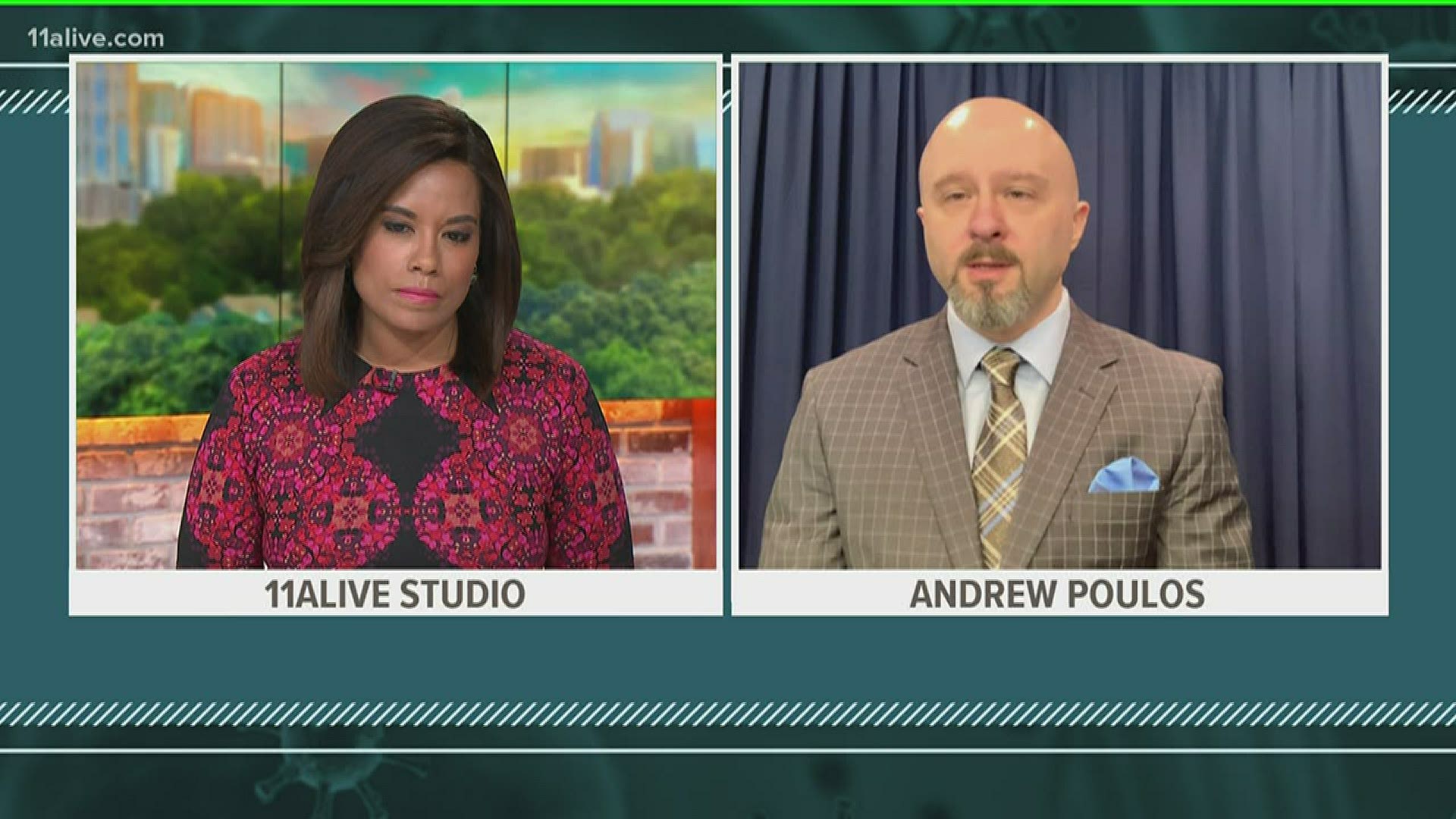The Small Business Administration has exhausted its funding for the emergency small business loan program that was part of the $2 trillion CARES act.
Thousands of small business owners whose loans have not yet been processed must now wait for Congress to approve a Trump administration request for another $250 billion for the program. Lawmakers have been haggling over whether to extend the program as it stands now, or whether to add provisions that among other things would help minority businesses. It’s unclear when they might reach an agreement that would allow loan approvals to continue
On Wednesday, the SBA said it had approved more than 1.44 million loans totaling more than $311 billion — up more than $50 billion since Monday. The program had $350 billion in funding. The Trump administration has asked Congress, which set the original ceiling, for another $250 billion for the program. However, that request has stalled in the Senate.
The SBA site now says it is "currently unable to accept new applications for the Paycheck Protection Program based on available appropriations funding. Similarly, we are unable to enroll new PPP lenders at this time."
Treasury Secretary Steven Mnuchin and Small Business Administration head Jovita Carranza on Wednesday urged Congress to appropriate more funds. The SBA has processed more than 14 years’ worth of loans in less than 14 days, they said.
“We want every eligible small business to participate and get the resources they need,” two said in a joint statement.
A breakdown of the loans on the SBA website showed that as of Monday, the average loan size was $239,152, and 70% of the loans were for $150,000 and under— an amount likely sought by very small companies. At that point, loans worth $247.5 billion had been approved.
Construction firms were approved for the largest share of the loans, nearly 14%, or $34 billion. Many companies in construction are small, local or regional businesses. In second place were companies that provide professional, scientific and technical services, with 12.3% or $30.35 billion, and manufacturers were in third place with 12.25%, or $30.32 billion
Health care and social assistance companies were in fourth place about $28 billion in loans, and No. 5 was lodging and food services, with nearly $23 billion.
Thousands of business owners are still awaiting word on their loan applications. The program launched April 3.
The country’s most populous states had the most loans. Texas had the most loans although it is the second-largest state; it had over 88,000 loans worth nearly $21.8 billion. California, No. 1 in population, was second in loans, with nearly 55,000 worth nearly $20.9 billion.
Florida, third in population was also third in loans, getting just over 52,000 worth nearly $12.7 billion. New York, fourth in population and loans, had nearly 41,000 worth $11.7 billion.
But Ohio, seventh in population, was No. 5 in loans with 38,000 worth nearly $10.4 billion.

